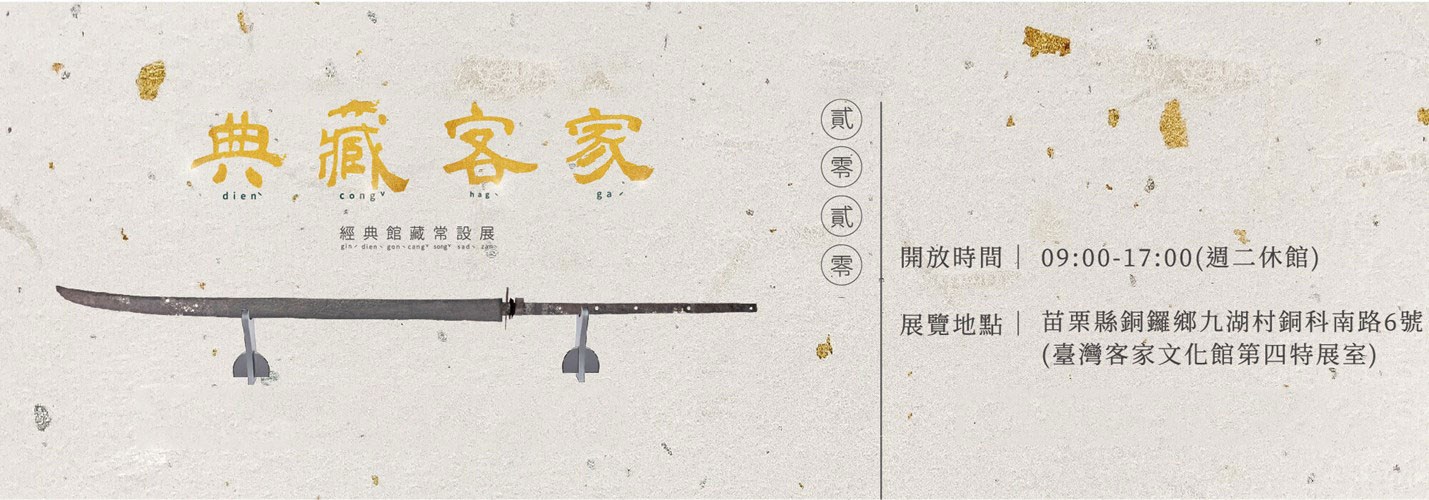
News
Permanent exhibition displays Hakka relics collection in Taiwan Hakka Museum
- Source:客家文化發展中心
- Publication Date:2021/05/20
- Last updated:2021/07/14
- Count Views:1470

When the Taiwan Hakka Culture Development Center’s Taiwan Hakka Museum in Miaoli County began to collect Hakka cultural relics from various sources, more than 15,000 items have been collected since 2016. Beginning in 2018, it has taken the collection of cultural relics as an important task, and carried out important work such as rebuilding its warehouse equipment, as well as proposing and soliciting items for its collection. The 15,000 items are now displayed as a permanent exhibition, which selects classical items to share with the public, while also enabling visitors to learn more about the process of collection and research.
The Taiwan Hakka Museum takes as its theme Taiwan’s Hakka people and the world’s Hakka people. Its aim is to enable the continuation and preservation of Hakka culture. The museum’s exhibition uses the center’s collection strategy as the centerpiece of its curatorial work. The content of its exhibition is based on three categories: "Collection Stories", "Collection Journey", and "Review and Prospect" to show the rich Hakka cultural relics and collection management policies. In terms of "Collection Stories", the museum mainly displays the classic cultural relics collected by the museum. The display is divided into three parts: economic, social, and cultural. The exhibit items include Liudui’s leader Lai Hsiung-fei’s (賴熊飛) broad sword, Chiu Feng-chia’s (丘逢甲) scholar plaque, a copy of the Mauritius Chinese Daily News, Chiang Chang-jung’s (江昶榮) imperial exam papers and official hat, the late Hakka writer Chung Chao-cheng’s (鍾肇政) calligraphy on the title inscription of his "Yangmei Trilogy", Hakka author Huang Juan’s (黃娟) literary manuscripts, Hakka poet Zhan Bing’s (詹冰) cultural relics, and Chung Tsai-hsiang's (鍾彩祥) manuscripts relating to bayin music.
In the "Collection Journey" category, the museum elaborates on the practical experience of the collection, registration, preservation, management, maintenance and utilization of its collection. Finally, in the "Retrospect and Outlook" section, the museum displays its exchanges and cooperation with Taiwan-based or overseas local communities, museums, and academic units. Its hope is that through the rich cultural relics in its collection, it can lead audiences to deeply understand the history and connotation of Hakka culture. Through the cultural relics, we can see the development of Hakka history and the stories of Hakka people in local communities in Taiwan and abroad. Donors can also see that their generous donations of precious cultural relics have produced more cultural energy.
